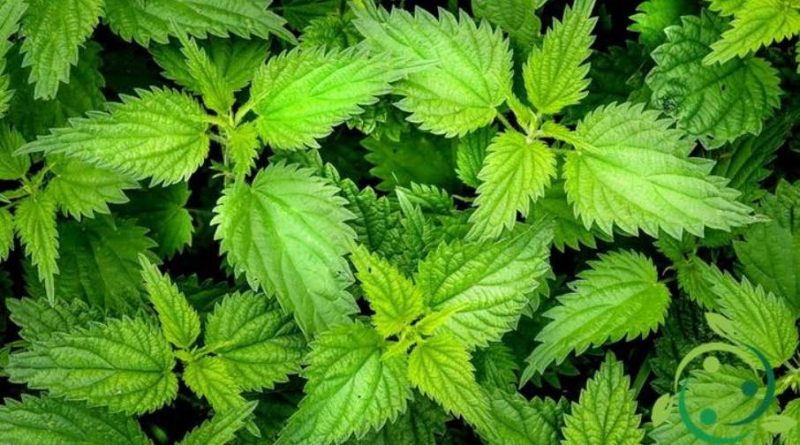How to grow nettle
How to grow nettle
The nettle (Urtica dioica L., 1753) is a perennial dioecious herbaceous species, endowed with hairs that, when they break, release a fluid that causes burning and itching. It is a plant known for its medicinal properties, for the preparation of dishes and, in the past, for its extensive use in the textile field. It is a plant that has haemostatic, diuretic, nutritive and stimulating properties. It is used in herbal medicine, in medicine, in the dyeing, textile industry, in cosmetics in the composition of shampoos for oily hair, hair loss lotions and anti-dandruff products, and in veterinary medicine. The nettle after cooking loses its stinging power. The chlorophyll extracted from the nettle serves for the coloring of beverages, foods and perfumes. The young shoots are used as a vegetable. In organic farming it is considered an excellent fertilizer and repellent for numerous insects, it is also a good food for chickens, horses and cattle. In this sheet we see how to grow nettle and the most appropriate agronomic techniques.
It is a spontaneous species present almost everywhere that prefers, fresh soils rich in organic substance; it is a plant that tolerates drought, cold, and all the bad weather.
For propagation it is possible to start from seed, with sowing to be carried out in open field, on well-worked soil and previously refined, in September (in milder climates or in spring in colder ones). You can also operate in the summer, with sowing in seedbeds, transplanting in the autumn or winter months. Finally, it is also possible to resort to the division of tufts of spontaneous mother plants. In this case the operation is carried out at the end of winter, when the vegetation of the adult plants begins. The seedlings obtained in this way must be quickly buried and tightened to the ground. To operate, remember that the young plants’ stinging power is very reduced and the manipulation operation can be easily facilitated by the use of thin leather gloves. In cases of cultivation for industrial use, the planting of seedlings can also be performed with transplanting machines.
If you decide to sow the seedlings in rows can be placed at a distance of 60-80 cm between the rows and 10-15 cm along the row but you can also take closer sixths.
For post-implant cultivation operations, it should be remembered that for the cultivation on rows, we need more scrabbles for the elimination of weeds. To avoid excessive luxuriance of these it is advisable to limit the organic fertilizations, since the nettle is very rustic; moreover the nettle, thanks to the rapid vegetative development, quickly closes the inter-row preventing or minimizing the development of weeds.
Another important intervention, after each mowing, to facilitate the reclamation, irrigation is necessary.
The basic fertilizer for nettle must be mainly the manure. Recall that the cultivation of the nettle remains alive even over 4-5 years so it is essential to fertilize with 500 q / ha of manure. Subsequently, every year, quantities of organic matter in the form of pellets must be integrated. We do not recommend the use of nitric nitrogen in order not to favor the weeds and not to soften the vegetative parts of the nettle which would lend themselves to greater parasitic attacks.
For the harvest, remember that the leaves are used; this is done by cutting the epigeal part just before flowering or when the stem is still herbaceous. In the first year of planting a single collection is recommended, before the flowering of the plant, from the second year the nettle can be cut from 2 to 4 times.
For storage it is advisable that the freshly cut nettle should be immediately put in a drying room to avoid the loss of the active ingredients and the color of the leaves. Due to the considerable water content, the epigeal parts must not be excessively layered and the drying must be carried out as quickly as possible.
As for adversity, the only concern can come from the green aphid; condition that is greatly reduced by not using nitrogenous fertilizers.

